Estadio de la Copa Mundial de Seúl (서울월드컵경기장)
3.8Km 2025-03-15
World Cup-ro 240, Mapo-gu, Seúl
El Estadio de la Copa Mundial de Seúl fue construido con la forma de una cometa coreana, y vista desde arriba, tiene la forma de un escudo rectangular que pareciera flotar por el aire como una cometa. La figura del estadio representa el vuelo hacia la victoria y combina las esperanzas y el espíritu de los partidos de la Copa Mundial Corea-Japón 2002 y la cultura tradicional del pueblo coreano. La primera impresión que da el estadio es que tiene un gran tamaño. Tiene una capacidad superior a 60.000 espectadores, y de hecho, en términos de superficie e instalaciones, se destaca en el continente asiático. Hay dos pantallas gigantes instaladas, una a cada lado del estadio, para aquellos que desean ver de cerca las imágenes de los partidos y el césped del campo de juego, que permanece verde aún durante el invierno.
Cerca del estadio se despliegan diversos parques, ideal para caminatas. Hay, también, alrededor del estadio, parques temáticos: el Parque de la Paz, el Parque Nanjicheon y el Parque Noeul, entre otros. Los bosquecillos de tupidos árboles, las luces modernas de las calles y las magníficas fuentes convierten a los parques en áreas ideales para los paseos matutinos y vespertinos. Por las tardes, muchos aficionados al patinaje en línea recurren al área y se deslizan por sus calles. Una vez terminada la Copa Mundial, en 2002, el estadio se transformó en una gran complejo de entretenimiento para el pueblo. En este lugar hay una variedad de eventos culturales y campeonatos de fútbol, entre otras actividades. En particular, como el Parque de la Copa Mundial se encuentra muy cerca, podrá dar un paseo tranquilo. En la sala audiovisual y en la galería fotográfica, tendrá la posibilidad de asistir a vídeos y fotografías relacionadas a la Copa Mundial 2002: así podrá revivir aquellos momentos de gloria. Dentro del estadio, se encuentra el World Cup Mall, una gran atracción cultural y de entretenimiento para los turistas. En él encontramos: el cine Multiplex, centro deportivo, centro comercial, salón de bodas, banco, sauna, etc., ofreciendo a los visitantes la oportunidad de experimentar todo tipo de actividades en un solo lugar.
Gomguksijib (곰국시집)
3.8Km 2025-05-15
24, Mugyo-ro, Jung-gu, Seoul
Festival de los Faroles de Seúl (서울 빛초롱 축제)
3.8Km 2025-01-14
Seorin-dong, Jongno-gu, Seúl
02-3788-8168
Es un festival internacional de faroles realizado desde el año 2009 en pleno centro de Seúl. Este año, en la edición 2024-2025, habrá unas 200 estructuras iluminadas sobre el arroyo Cheonggyecheon.
Daebak Ssambap duruchigi (대박쌈밥두루치기)
3.8Km 2021-03-27
7, Eungam-ro 9-gil, Eunpyeong-gu, Seoul
+82-2-303-3090
It is a place where you can enjoy fresh Ssam vegetables and various cuts of beef and pork. This restaurant's signature menu is leaf wraps and meat set menu. This Korean dishes restaurant is located in Eunpyeong-gu, Seoul.
Residencia Sangchonjae (상촌재)
3.9Km 2023-08-17
Jahamun-ro 17-gil 12-11, Jongno-gu, Seúl
Bugeogukjip (북어국집)
3.9Km 2020-06-17
38, Eulji-ro 1-gil, Jung-gu, Seoul
+82-2-777-3891
Bugeogukjip (formerly “Teojutgol”) is a restaurant behind City Hall in Seoul that has been serving up authentic dried Pollack soup since 1968. Despite a name change, the restaurant has proudly stood in this same location for decades, earning a strong reputation for its dried Pollack soup made using traditional cooking methods.
Since the restaurant only serves one thing—dried Pollack soup—there are few preparations to be made and the meal arrives on your table in minutes. Customers are free to serve themselves basic side dishes such as kimchi and can have as many servings of rice as they’d like, allowing diners to enjoy a hearty meal at a low price. While the restaurant’s design and menu may be simple, Bugeogukjip takes pride in its long history and the careful efforts that have earned it a reputation as one of the most notable restaurants in Seoul.
Museo Nacional de los Palacios de Corea (국립고궁박물관)
3.9Km 2023-02-20
Hyoja-ro 12, Jongno-gu, Seúl.
Inaugurado en 1992 bajo el nombre de Museo Real, el actual Museo Nacional de los Palacios de Corea expone reliquias de la dinastía Joseon (1392-1910). Aquí se presentan cerca de 20.000 reliquias reales de los palacios Gyeongbokgung, Changdeokgung y Changgyeonggung así como las del santuario Jongmyo.
1. Símbolos y documentos reales - La dinastía Joseon defendía las ideas confucionistas, el rey estaba considerado como el soberano absoluto y la pareja real representaba, junto con la reina, los padres de todo el pueblo. Para realzar su autoridad, la dinastía hizo fabricar diversos símbolos reales.
2. Ritos ancestrales - Un rito ancestral se llevaba a cabo en el santuario que alberga las lápidas de los reyes y reinas de la dinastía Joseon. Este rito no era solo una ceremonia de culto de la familia real, sino también una fiesta de música y danza celebrada para desear la salvación y la prosperidad eterna del país.
3. Arquitectura del palacio – El palacio era una residencia para el rey y su familia y el centro de política y administración, donde el rey gobernaba el país. El centro del palacio de la dinastía Joseon, según los planos de arquitectura tradicional, comprendía Jeongjeon, el vestíbulo principal como centro de los acontecimientos del Estado y de conversaciones políticas y Pyeonjeon, la oficina del gobierno.
4. Ciencias de Joseon – Durante su primer periodo, la dinastía Joseon intentaba establecer la legitimidad de su fundación y enriquecer el país. Con el fin de cumplir estos ideales, la dinastía promovía como nunca antes dominios tales como la ciencia, la medicina y desarrollaba diversas armas para la defensa nacional.
5. Vida de la familia real – El rey y la reina eran las figuras simbólicas de la dinastía Joseon, pero eran también como el pueblo normal en su vida privada de palacio. El palacio estaba dividido en diferentes secciones: oficina del rey, residencia para la reina, despacho del príncipe heredero. Cada espacio contenía muebles apropiados, que estaban fabricados con materiales de alta calidad según estrictos criterios para la familia real.
Parque Yanghwa del Río Hangang (양화한강공원)
3.9Km 2022-12-16
Nodeul-ro 221, Yeongdeungpo-gu, Seúl
Situado en la parte sureste del río Hangang, este parque se extiende desde el inicio del afluente Saetgang en Yeouido hasta el puente Gayangdaegyo en Gangseo-gu, Seúl. Este espacioso parque tiene una vegetación exuberante y ofrece una vista espectacular del río.
El parque se encuentra cerca de otras atracciones como el Parque Seonyudo (una isla en el río que se ha transformado en un parque ecológico), el puente Seonyugyo y las fuentes de la Copa Mundial (202 metros de altura). También hay un camino para bicicletas que cruza el parque y lo conecta con otros parques del río Hangang. Cada mes de mayo, el camino está flanqueado por exuberantes hierbas verdes y hermosas rosas, creando un lugar perfecto para tomar fotografías con amigos, pareja o familiares.
Samwon Ilsik (삼원일식)
3.9Km 2021-04-05
32, Mugyo-ro, Jung-gu, Seoul
+82-2-777-3680
This is a Japanese cuisine located in Cheonggyecheon Stream, Seoul. This restaurant is one of Mugyo-dong's best kept secrets. The best menu at this restaurant is codfish stew.
Conrad Seoul (콘래드 서울)
3.9Km 2024-12-27
10, Gukjegeumyung-ro, Yeongdeungpo-gu, Seoul
+82-2-6137-7000
The five-star Conrad Seoul, selected as one of the ‘Best New Hotels’ by Conde Nast Traveler, a world-renowned travel magazine, offers the top-class service and
for the best customer experience. Strategically located in a core business district of Yeouido, Conrad Seoul is one of the four pillar buildings of
the IFC (International Finance Center) Seoul. The building is directly accessible underground from Yeouido Subway Station.
Conrad Seoul has 434 guest rooms with an open, refreshing atmosphere, picturesque views, and
are equipped with Apple digital devices. The hotel also houses a Grand Ballroom, restaurants which offer diverse gourmet cuisines and
a top-notch wellness center.
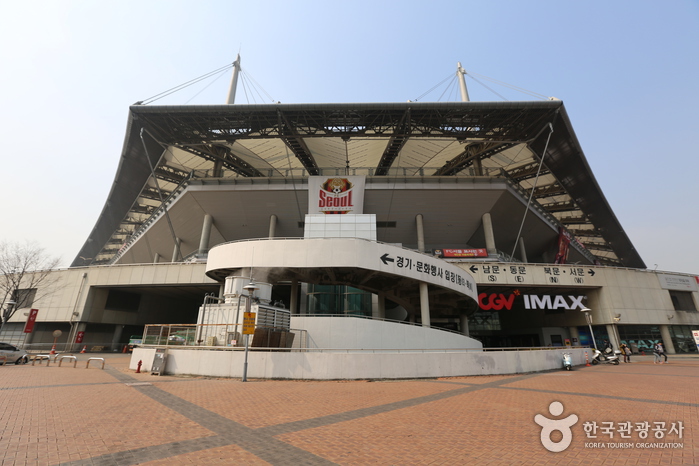
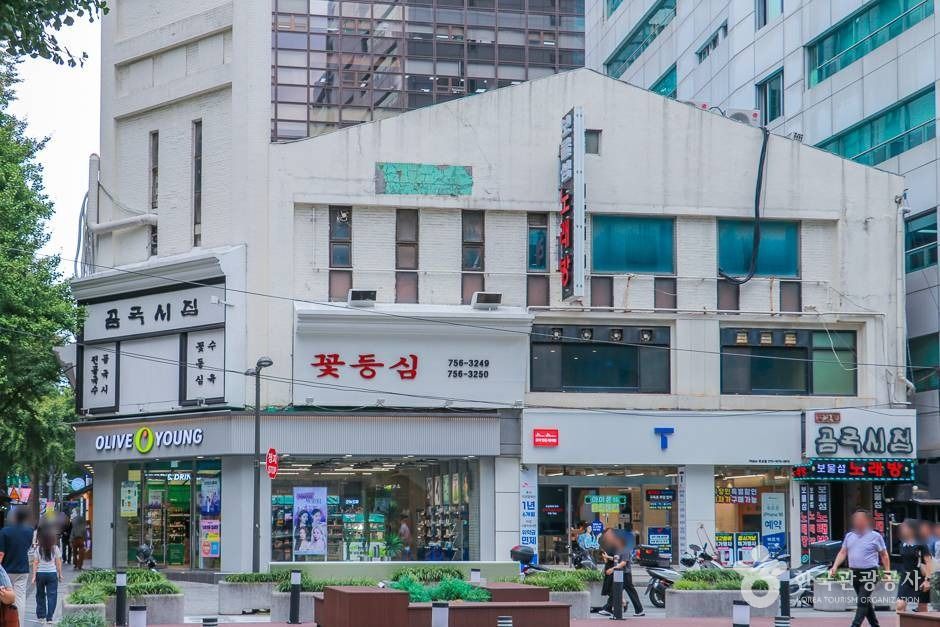
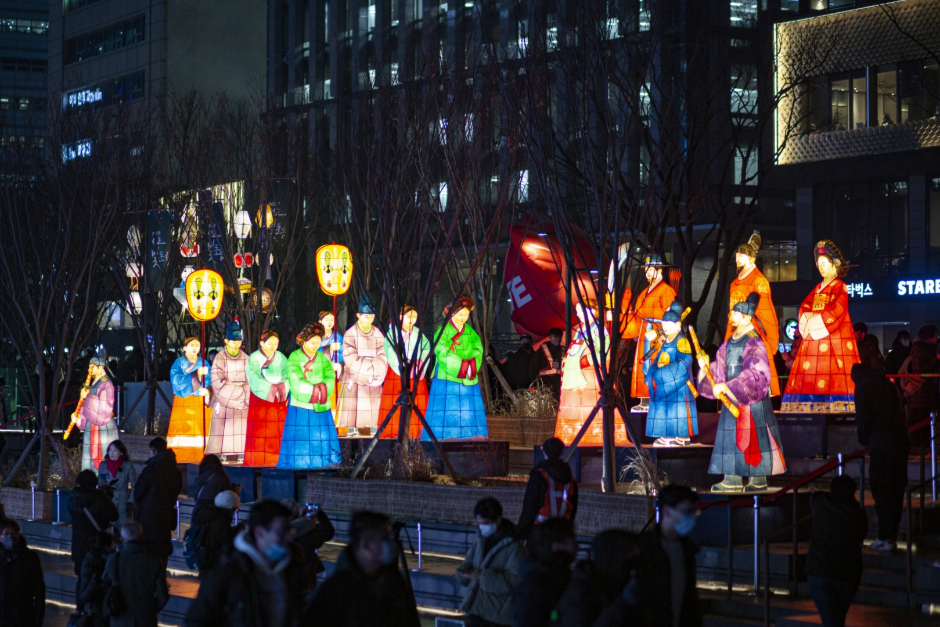
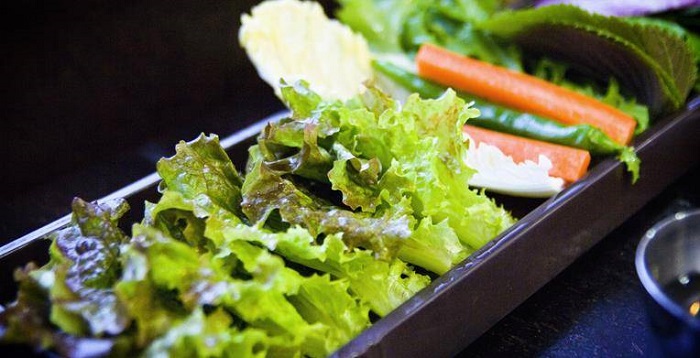

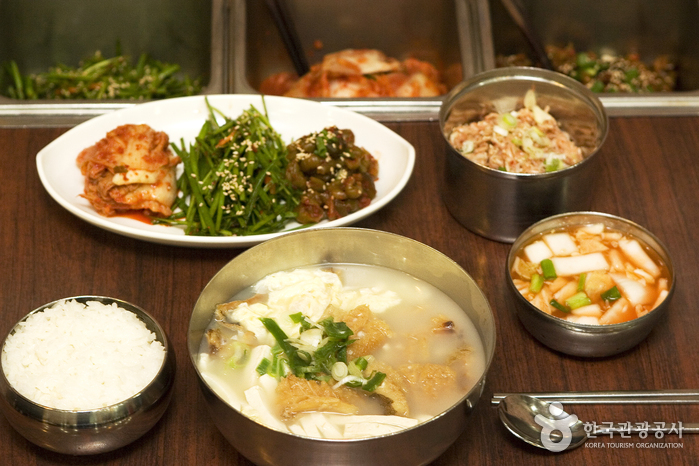
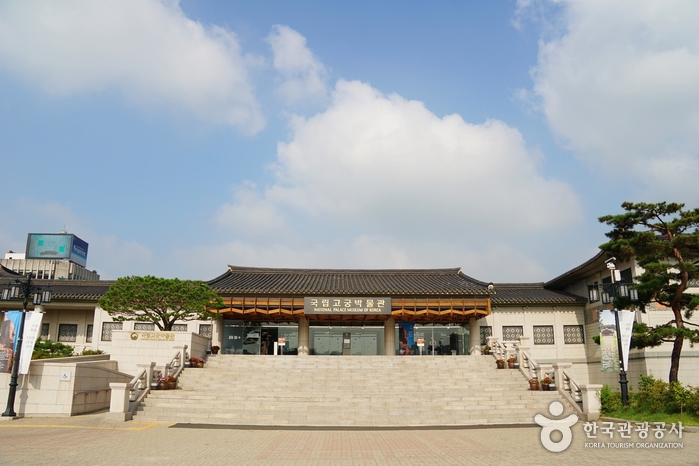
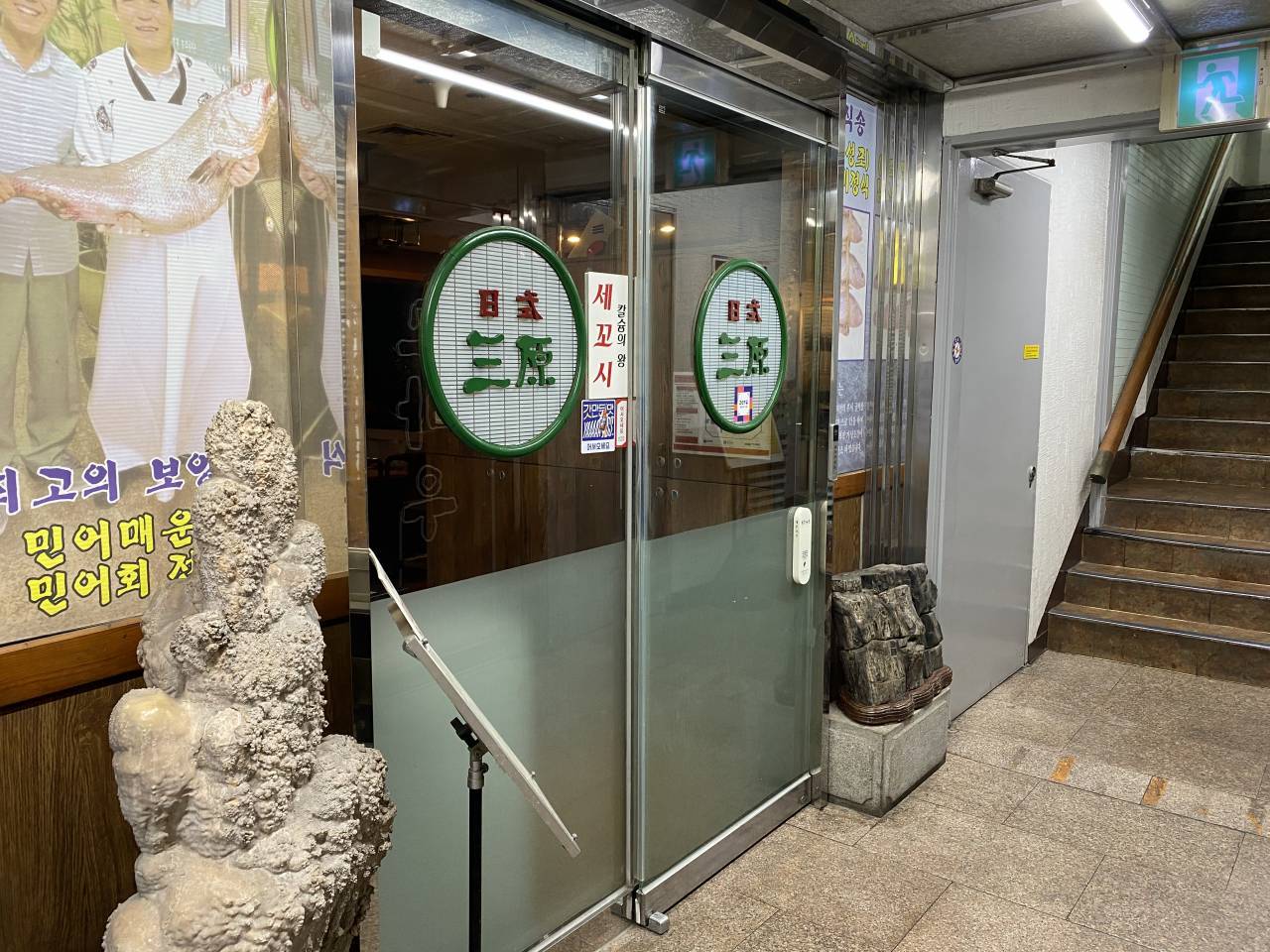
 Español
Español
 한국어
한국어 English
English 日本語
日本語 中文(简体)
中文(简体) Deutsch
Deutsch Français
Français Русский
Русский